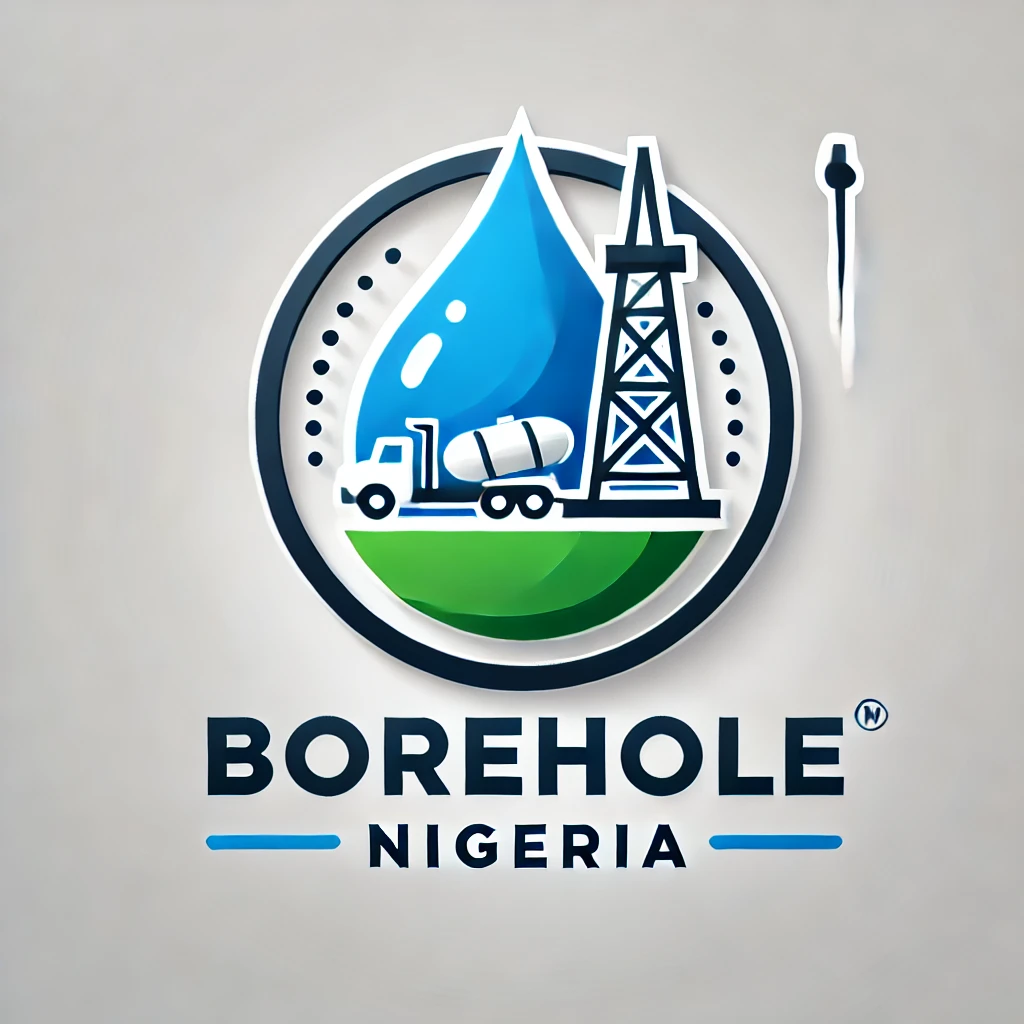The difference between a borehole and a well lies in their construction methods, depth, water yield, and the technology used. Both are sources of groundwater, but they serve different needs and have distinct characteristics.
1. Definition and Construction Method
- Borehole:
- A borehole is a deep, narrow, and mechanically drilled hole in the ground designed to access underground water.
- Boreholes are typically drilled using specialized equipment like rotary drilling rigs, which can penetrate through various types of rock and soil layers.
- The process involves drilling a small-diameter hole and then casing it with PVC or steel pipes to prevent collapse and contamination.
- Boreholes are often much deeper than wells, ranging from 50 feet to over 500 feet, depending on the water table and geological conditions.
- Well:
- A well is a broader, usually shallower excavation that is dug, drilled, or bored to access groundwater.
- Traditional wells are dug manually or using simple tools, though modern wells can also be drilled with more advanced equipment.
- Wells typically have a larger diameter (1 to 3 meters) and may not be cased fully, which can make them more susceptible to contamination.
- Wells are generally shallower, ranging from 10 feet to about 100 feet deep, depending on the water table.
2. Depth and Water Yield
- Borehole:
- Boreholes are generally much deeper than wells, allowing them to reach aquifers that are far beneath the surface.
- This depth ensures a more reliable and consistent water supply, as boreholes tap into confined aquifers that are less affected by seasonal changes and surface contamination.
- Boreholes tend to yield a higher volume of water, making them suitable for larger households, agricultural, industrial, and commercial use.
- Well:
- Wells are usually shallow and rely on water from the unconfined aquifer, which is closer to the surface.
- The water yield from a well can vary widely depending on the local water table, soil type, and weather conditions. Wells are more likely to dry up during droughts or dry seasons.
- Wells generally provide a smaller and less consistent volume of water, suitable for small-scale domestic use.
3. Water Quality and Contamination Risk
- Borehole:
- Because boreholes are deeper and cased, they are less prone to contamination from surface pollutants such as bacteria, pesticides, and chemicals.
- The water drawn from a borehole is generally of higher quality and requires minimal treatment, depending on local conditions.
- Boreholes, especially those with proper casing and sealing, are considered a safer and more reliable source of potable water.
- Well:
- Wells, being shallower and often uncovered or only partially covered, are more susceptible to contamination from surface runoff, animal waste, agricultural chemicals, and other pollutants.
- Water from wells often requires more rigorous filtration and treatment before it is considered safe for drinking.
- Regular maintenance and cleaning are needed to keep well water safe and usable.
4. Construction Cost and Time
- Borehole:
- Borehole drilling is generally more expensive due to the advanced machinery, deeper drilling, and the use of high-quality casing materials.
- Costs for boreholes can range from a few hundred thousand to several million Naira, depending on depth, location, and other factors.
- The drilling process is faster with modern rigs, often taking a few days to a week to complete, including installation and testing.
- Well:
- Wells are generally cheaper to construct, especially traditional hand-dug wells, which can be made using basic tools and labor.
- The cost of drilling modern wells, however, can increase significantly if heavy machinery is involved.
- Constructing a well might take longer, especially for deeper wells, depending on the soil type and the method used.
5. Applications and Use Cases
- Borehole:
- Boreholes are ideal for settings where a reliable, high-volume, and clean water source is required, such as in urban areas, commercial properties, agricultural projects, and industries.
- They are also suitable for remote areas where municipal water supply is not available or reliable.
- Well:
- Wells are more common in rural or semi-urban areas, where the water demand is lower and where advanced drilling equipment may not be readily available.
- They are often used for household water supply, gardening, small-scale irrigation, and livestock watering.
6. Longevity and Maintenance
- Borehole:
- Boreholes, when properly drilled and maintained, can last for several decades (20-50 years) with minimal maintenance.
- Regular inspections and occasional servicing of the pump system are needed to ensure longevity.
- Well:
- Wells, especially traditional ones, require more frequent maintenance to prevent contamination, siltation, and structural issues.
- The lifespan of a well can be shorter (10-30 years), depending on its construction quality and maintenance practices.
Conclusion: Which is Right for You?
If you are looking for a reliable, high-yield, and safe water source, a borehole is the best choice, especially for urban areas or where water quality is a concern. For smaller households or areas where drilling deep is not feasible, a well might be a more cost-effective option.
If you need a professionally drilled borehole with high-quality water treatment solutions, consider reaching out to Borehole Nigeria. We provide comprehensive services, from drilling to water analysis, ensuring you get the best value for your investment. Visit our homepage or click the WhatsApp button for a consultation today!
